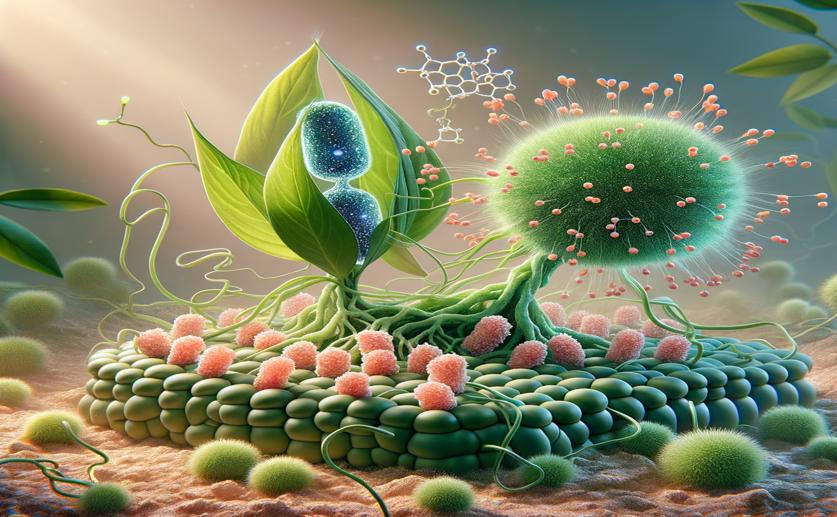
New Insights into Plant Disease and Spore Formation from Two Key Proteins
Jenn Hoskins
25th June, 2024

Image Source: Natural Science News, 2024
Key Findings
- Researchers at Hebei Agricultural University identified two effectors, AsCEP19 and AsCEP20, that contribute to the virulence of the fungus A. solani, which causes early blight in potatoes and tomatoes
- Deleting AsCEP19 and AsCEP20 genes in A. solani led to abnormal conidial development, indicating these effectors influence fungal reproduction
- The deletion mutants of AsCEP19 and AsCEP20 showed significantly reduced virulence on potato and tomato plants, highlighting their essential role in the fungus's pathogenicity
References
Main Study
1) Alternaria solani effectors AsCEP19 and AsCEP20 reveal novel functions in pathogenicity and conidiogenesis.
Published 24th June, 2024
https://doi.org/10.1128/spectrum.04214-23
Related Studies
2) Intact salicylic acid signalling is required for potato defence against the necrotrophic fungus Alternaria solani.
3) Fungal effectors and plant susceptibility.
4) Plant genes hijacked by necrotrophic fungal pathogens.



 4th June, 2024 | Jim Crocker
4th June, 2024 | Jim Crocker